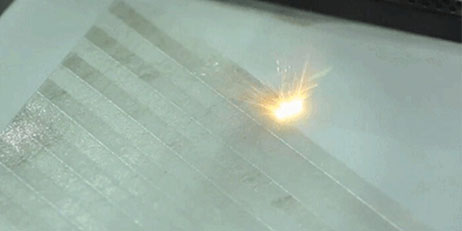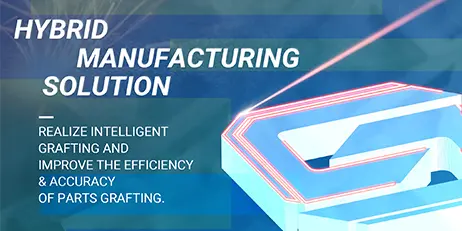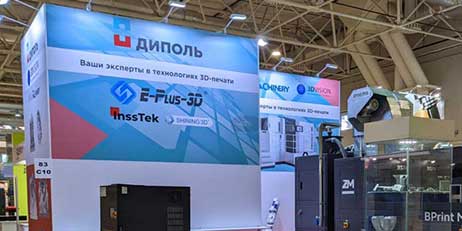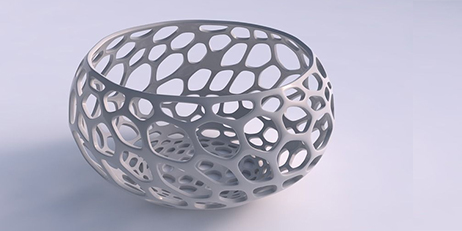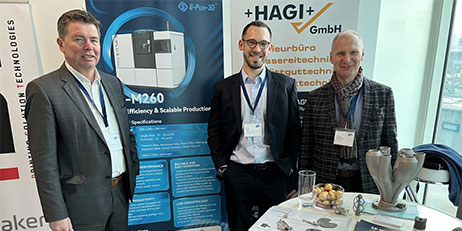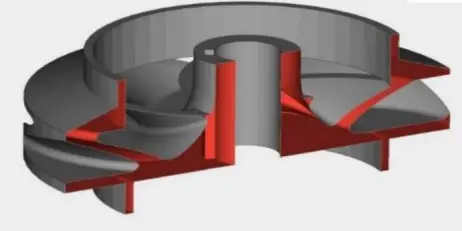In recent years, the manufacturing cost of additives for advanced materials has been rising continuously to provide special powders for aerospace, national defense and biomedical applications.
Understand the difference of powder degradation behavior
Different types of powders will show different performance changes after one or more printing cycles. Inconel 718 has chemical stability in the recycling process, but it is limited by the physical properties such as shape and fluidity when evaluating reusability. When these materials are melted at higher temperatures, the material around the melt are deformed and sintered together, which makes the powder particles bigger and unusable. The titanium alloy powder is easier to absorb oxygen, and the higher oxygen content of powder, the printing failure will result. Therefore, it is necessary to pay attention to the oxidation of the powder at all times, and its usage times will be greatly limited.
Understanding the degradation behavior of different types of powders is important for the development of standards for
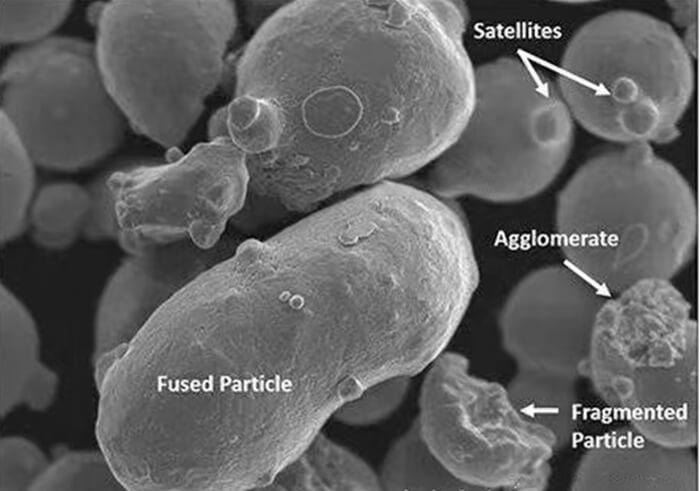
Degradation of metal powder after repeated use
In a study on the recoverability of high temperature materials, the powder from multiple printing cycles was analyzed to understand the influence on the performance of powder and parts. During the process of multi-printing, the satellite powder attached to the larger powder particles began to separate and form smaller single particles. At the same time, the powder particles began to fuse together to form aggregates, and the aggregate particles were broken into incomplete fine particles. All these will affect the fluidity and bulk density of the powder, making the particle size distribution of the powder wider, and increase the oxygen content of the powder. However, after using the same batch of powder for 13 consecutive cycles, the powder still met the composition specification and met the requirements of reusability.
Two methods to improve the recycling rate of the powder
In order to improve the reusability of metal powder, it is necessary to identify qualified technologies to repair the unqualified powder and make it reusable. A popular method is to mix the new powder with the old powder before each build. It can reduce the oxygen content in powder and adjust physical properties such as particle size distribution and bulk density of powder, but there is no established mixing standard, so users rely on experience to determine the optimal ratio. These attempts often vary depending on the material used and the type of manufactured parts.
Another reasonable repair technology is induction plasma technology, which sends the powder with irregular shape and poor fluidity into induction plasma, heats and melts rapidly at high temperature to form droplets, and the droplets gather into a ball under the action of surface tension, and solidify during falling, thus obtaining spherical powder particles.
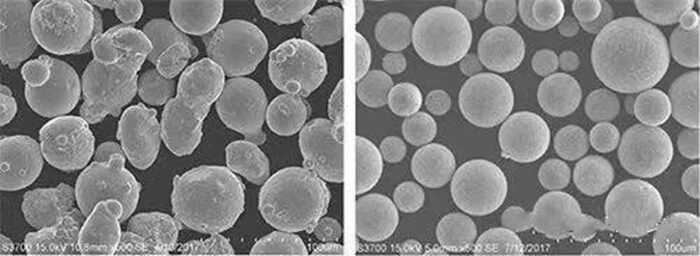
Comparison before and after induction plasma treatment
By remelting and curing the powder particles, the porosity reduces and the powder density increases. By increasing the plasma melting temperature and modifying the protective gas, the impurities can be selectively removed to improve the powder purity. EWI, a research institute, has carried out some early studies using this method, but before evaluating the feasibility of powder repair, further tests must be carried out.
Develop industry guidelines to improve traceability
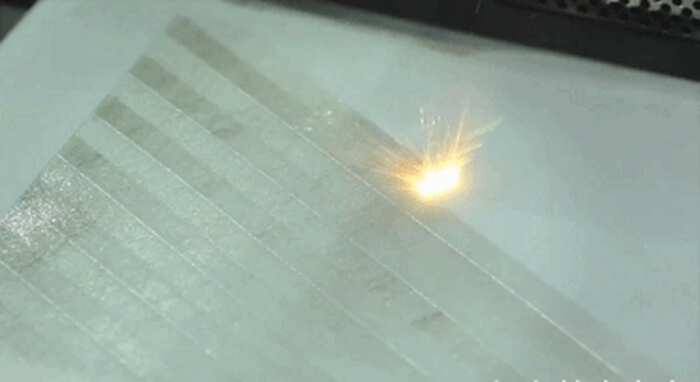
There is still much work to be done on powder repair technology. For example, although mixing old and new powders can reduce the total oxygen content of the powder, the powder still contains particles with high oxygen content. If these particles finally enter the part, it will lead to catastrophic part failure. Some studies have shown that the higher oxygen content in Ti6Al4V powder leads to lower tensile strength of parts.
